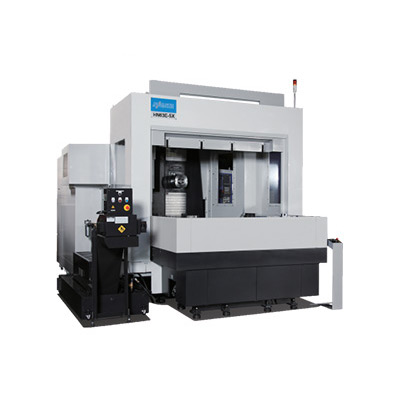air conditioning pipe sizes
Understanding Air Conditioning Pipe Sizes A Comprehensive Guide
When it comes to air conditioning systems, selecting the appropriate pipe size is crucial for optimal performance and efficiency. The right pipe size ensures that refrigerant flows smoothly throughout the system, which not only enhances cooling capacity but also promotes energy efficiency. In understanding the importance of air conditioning pipe sizes, several factors must be considered, including system design, installation requirements, and the overall layout of the premises.
Importance of Proper Pipe Sizing
Proper pipe sizing is essential for both the high and low-pressure sides of an air conditioning system. If the pipes are too small, they can restrict the flow of refrigerant, leading to increased pressure drops. This restriction can result in the compressor working harder than necessary, which can shorten its lifespan and reduce overall system efficiency. Conversely, oversized pipes can lead to issues such as inadequate refrigerant velocity, which can cause oil to accumulate in the system, negatively affecting its performance.
Determining the Right Size
To accurately determine the appropriate pipe size for an air conditioning system, several key factors must be taken into account
1. Capacity of the System The cooling capacity of the air conditioning unit, measured in BTUs (British Thermal Units), is a primary factor in calculating pipe size. Larger units typically require larger pipes to accommodate increased refrigerant flow.
air conditioning pipe sizes

2. Length of the Run The distance the refrigerant must travel between the outdoor and indoor units also influences pipe sizing. Longer runs may require larger diameter pipes to compensate for pressure loss over distance.
3. Type of Refrigerant Different refrigerants have varying properties, which can impact flow rates and pressure drops. Understanding the specific type of refrigerant used in the system is crucial for determining the correct pipe size.
4. Elevation Changes If the indoor and outdoor units are placed at different heights, the elevation difference must be accounted for when sizing pipes. Increased lift requires consideration of additional pressure losses.
5. Manufacturer Specifications Always refer to the manufacturer’s specifications and guidelines when choosing pipe sizes for specific air conditioning units. Many manufacturers provide detailed recommendations based on system capacity and layout.
Conclusion
In conclusion, the significance of choosing the correct air conditioning pipe sizes cannot be overstated. Proper sizing ensures efficient operation, maintains system integrity, and optimizes overall performance. As air conditioning systems become more advanced, understanding the nuances of pipe sizing becomes essential for both residential and commercial installations. By considering factors such as system capacity, refrigerant type, run length, and manufacturer guidelines, you can ensure that your air conditioning system operates smoothly and efficiently for years to come. Therefore, whether you are a homeowner looking to install a new unit or a technician working on system installations, having a solid grasp of air conditioning pipe sizes will vastly improve your end results.
-
Understanding Power Steering Tube ReplacementNewsApr.16,2025
-
SAE J1401 Brake Hoses: A Critical Component for Vehicle SafetyNewsApr.16,2025
-
Pipe Couplings: Essential Components for Effective Plumbing and Fluid SystemsNewsApr.16,2025
-
Hose Guard Solutions for Every NeedNewsApr.16,2025
-
Effective Spiral Protection SolutionsNewsApr.16,2025
-
Effective Sewer Cleaning SolutionsNewsApr.16,2025

